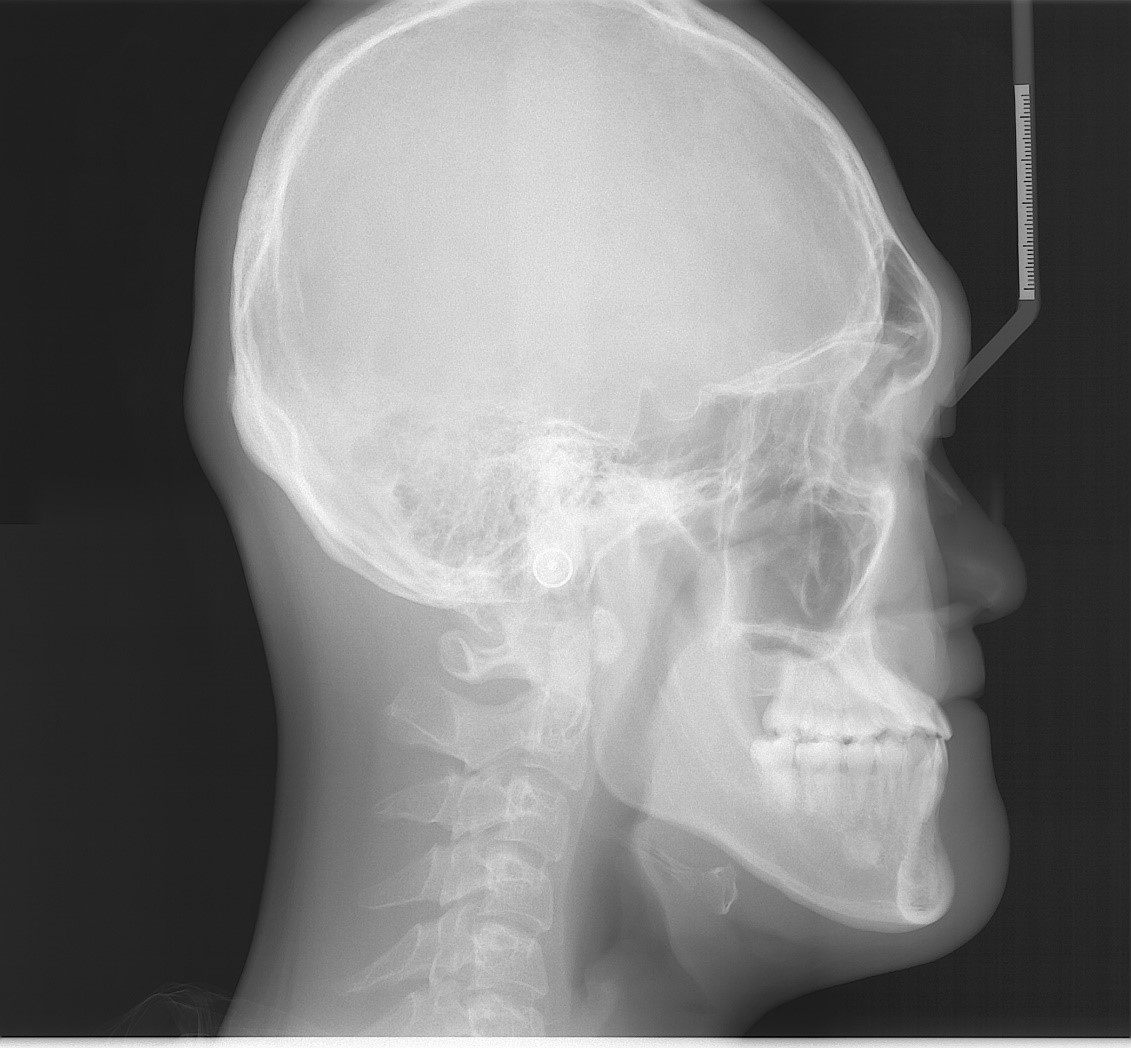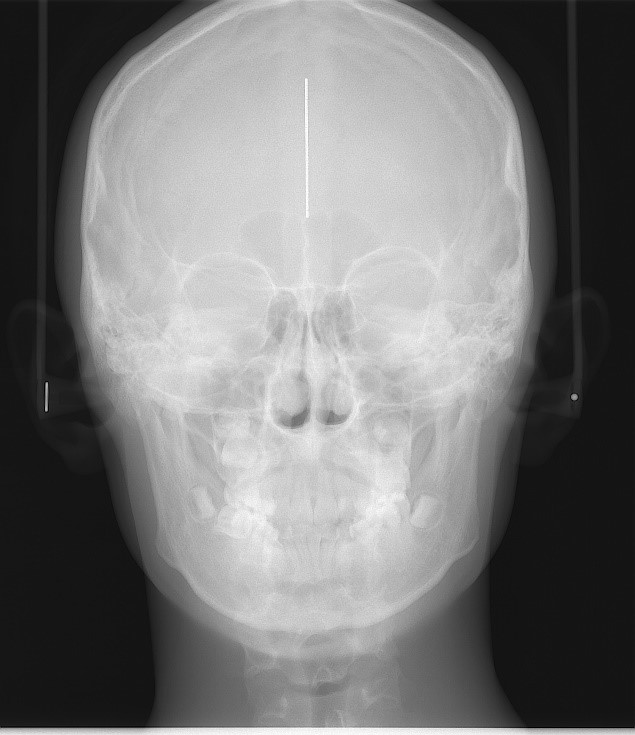Although orthodontic treatment can bring patients with regular teeth, good bite and charming smile, as with all medical practices, there are many uncertainties in the process of treatment, so there is no 100% guarantee that the expected evaluation and treatment effect can be achieved. However, if you fully understand the treatment process, face shape, jaw and teeth problems and possible issues in treatment, and cooperate fully during treatment, you will get good and satisfactory therapeutic outcomes.
Treatment Process
The ideal procedures for orthodontic treatment are as follows:
- Initial or subsequent consultation
- Collection of necessary data (e.g., growth records, plaster models, X-rays of the inside and outside of the mouth, photographs of the teeth in the face and mouth)
- Case analysis
- Comprehensive diagnosis
- Formulation of one or more treatment plans
- Explanation and Discussion
- Mobility correction therapy
- Collection of necessary data during and after treatment
- Preservative orthodontic treatment
- Regular return visits
Treatment Precautions
- Before orthodontic treatment, the treatment of dental caries, periodontal diseases or removal of impacted wisdom teeth should be completed. However, in some special cases, proper treatment can only be done after a period of time of corrective therapy. The orthodontist will advise if there is caries on the adjacent surfaces between the two teeth, or if there is an ectopic tooth which is not easy to fill or for periodontal treatment.
- Abnormal occlusion often results in abnormal wear (excessive or irregular) or complete unwear of some teeth. Before, during and after treatment, orthodontists are often required to make regular or necessary modifications to the enamel of the teeth in order to maintain the overall aesthetic appearance and matching occlusal height. The orthodontist will inform you of necessary modifications to the enamel of the adjacent surfaces of the teeth due to the abnormal ratio of the upper to lower rows of teeth or certain factors.
- The size, shape, or number of teeth can vary greatly from person to person. For patients with abnormal condition, coordination between other dental departments, such as operative dentistry, prosthetic dentistry, and periodontics in particular, is required to achieve good therapeutic effects. If necessary, the orthodontist will refer the patient to the physicians from other departments.
- Orthodontic treatment may be combined with oral surgery such as tooth extraction, especially in cases of crowded teeth or tooth extraction needed to improve the face shape. In some cases with abnormal occlusion and the abnormal supramaxillary and submaxilary, the more severe the abnormal palatine is, the higher the probability of orthodontic treatment combined with orthognathic surgery. In general, orthodontists will make a referral or consult with oral or craniofacial surgeons and ask patients and their family to consult with them.
- The cost of orthodontic treatment varies depending on the patient's abnormal occlusion, skeletal factors, types of orthodontic appliances, treatment for tooth extraction and non-tooth extraction, and numbers of teeth moved. If the treatment is started, generally 1/3 ~ 2/3 of the total amount should be paid in advance, while the rest should be paid in installments. If treatment is completed early, the balance should be fully settled. For treatment with concomitant surgery, the cost of surgery is not included in the cost of corrective therapy.
- Patients with mental disorders, such as hyperkinetic disorders, depression, or systemic diseases, such as skeletal, hematologic, or secretory diseases, may affect the corrective therapy. Inform the orthodontist in advance of your health status and regular changes.



